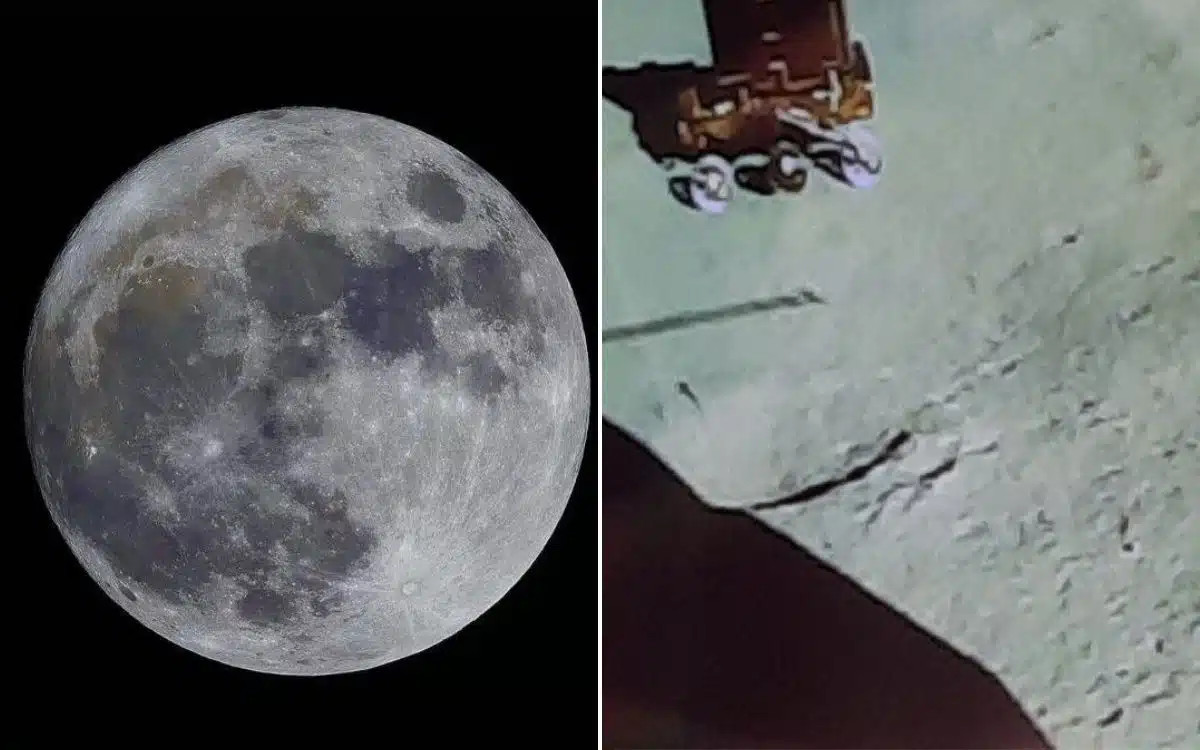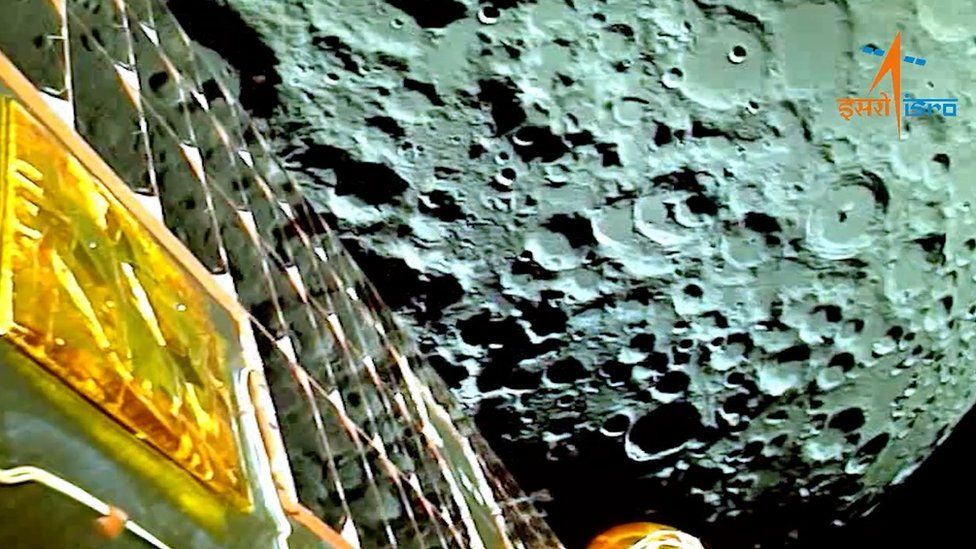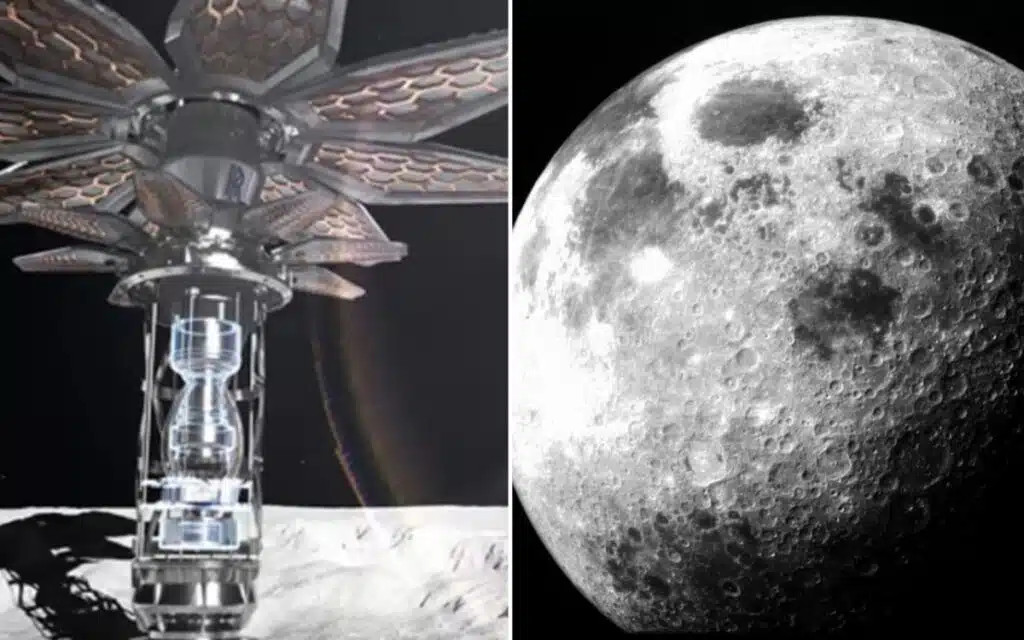
India’s lander has discovered movement underneath the surface of the Moon’s South Pole.
The Vikram lander was sent to the moon with an instrument designed to detect anything happening on or below the surface.
And now the ISRO is reporting significant vibrations which it says it’s investigating.
The Vikram lander was launched with an Instrument for Lunar Seismic Activity (ILSA), which was making recordings over the course of the two-week mission.
“The ILSA’s primary objective is to measure ground vibrations generated by natural quakes, impacts, and artificial events,” the ISRO said.
“The vibrations recorded during the rover’s navigation on August 25, 2023, are depicted in the figure.
“An event, seemingly natural, recorded on August 26, is also shown.”

The ISRO says it doesn’t yet have an answer for the natural vibrations felt.
Since landing on the Moon on August 23, India’s space agency has given us our first-ever look at the Moon’s South Pole.
With the help of the lander and little rover, the Indian team has also made some incredible discoveries.
In its search for water, the ISRO confirmed it discovered sulfur.
Not only that, but several other elements were detected too including aluminum, iron, calcium, chromium, titanium, manganese, oxygen, and silicon.
Exciting leaps are also being made in the UK right now, with scientists developing an energy source that would allow astronauts to live on the Moon.

Rolls-Royce / Wikimedia Commons
Scientists at Bangor University have designed nuclear fuel cells the size of poppy seeds.
And these cells will reportedly produce the energy needed to sustain life on the Moon for long periods of time.
This development is significant because the Moon is seen by many as the gateway to Mars.
So, if astronauts can live on the Moon, they can use it as a springboard to reach the planets beyond.





